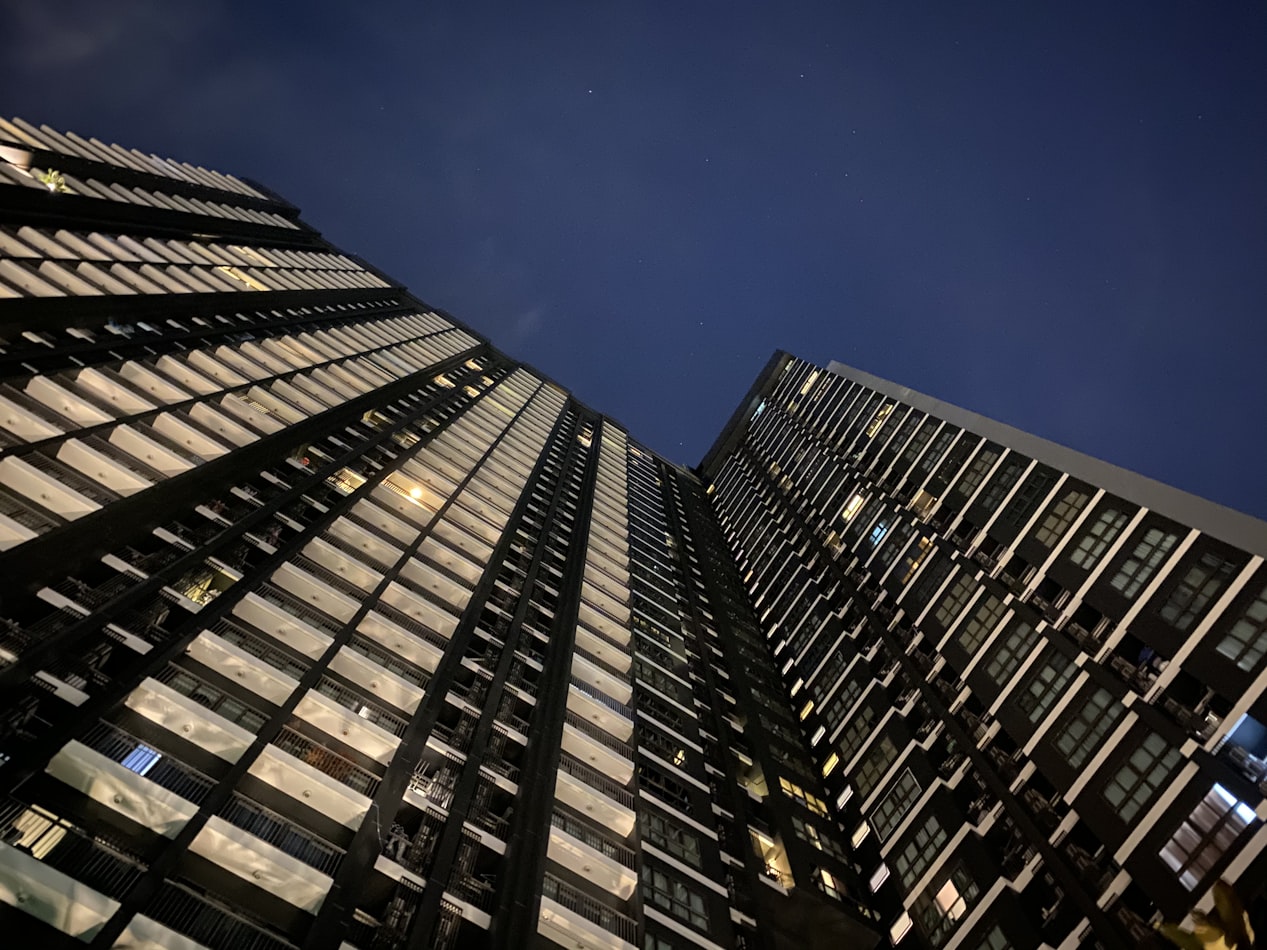South Australia’s parks are quickly becoming the jewel in the crown of the state’s tourism offering with a new report highlighting the economic worth on top of the conservation value.
The report shows South Australia’s national parks and reserves contribute more than $374 million to the state economy every year, supporting thousands of jobs across South Australia.
The innovative study, undertaken by the State Government in collaboration with the University of Adelaide’s Centre for Global Food and Resources, School of Economics and Public Policy, used real visitor data and contemporary economic analyses to determine the economic value of nature-based tourism in the state’s parks and reserves.
Premier Steven Marshall said the report reveals for the first time just how substantial a driver of economic growth our parks and reserves are, supporting 1,211 private sector jobs in regional communities.
“Every dollar spent on park management is returning a $10 benefit to South Australia’s economy, supporting thousands of local jobs,” Premier Marshall said.
“South Australia’s national parks are wonderful places to visit and we all know just how important they are from an environmental, recreational and health and well-being standpoint.
“South Australia has always been well known for its beautiful wineries and stunning beaches, but our parks are quickly becoming the jewel in the crown of our tourism offerings.
“Adelaide has recently been recognised as the most liveable city in Australia and as the world’s second ³Ô¹ÏÍøÕ¾ Park City and our network of parks is a key reason for this.”
Minister for Environment and Water David Speirs said South Australia is developing a reputation for world-class nature-based tourism.
“We know just how much South Australians value green, open space and the Marshall Liberal Government is undertaking a record expansion of national parks backed up by the biggest ever government investment to boost conservation, improve the visitor experience and create jobs,” Minister Speirs said.
“We have always known the environmental and social benefits that national parks bring and for the first time we now know the economic value as well.
“South Australian park visitor numbers have gone through the roof over the past couple of years with more and more people choosing to explore what our great state has to offer. South Australia has nature like nowhere else, and we want to share it with the world.
“Importantly for our rural communities, the data also shows that for every dollar a visitor spends in a park, they inject a further $23 into the state’s regional economy.”
Minister Speirs said by using 2018-19 data, the study establishes a crucial pre-COVID pandemic benchmark that will enable researchers to track parks visitor use and the associated economic contribution in future years once border restrictions and lockdowns are removed.
“The data shows that interstate and international activity generated 76 per cent of all visitor revenue travelling to and enjoying South Australian parks and reserves in the year prior to the pandemic,” Minister Speirs said.
A case study on the Kangaroo Island Wilderness Trail shows that infrastructure investment in parks yields a high return on investment, with the economic benefits outweighing the cost of initial investment in a short timeframe.
This study shows that the new Kangaroo Island Wilderness Trail was cash flow positive before it was damaged by the 2019-20 bushfires.
Now that borders have reopened, Kangaroo Island’s key visitor segment is likely to return, driving further economic benefit of the rebuilding efforts currently underway.
The findings presented in this study are conservative and do not capture our parks’ total economic contribution.
“We know some of our parks visitors stay off-park in other regional accommodation, and revenue made by parks tour operators has not been included in this study. Contribution from all of these visitors benefit regional economies, supporting local regional businesses,” Minister Speirs said.
“Future studies will investigate the economic contribution of health, well-being and ecosystem benefits that support industry and South Australian businesses.”
South Australia’s record expansion of area protected has seen the number of national parks across the state go from 21 to 29 and the area protected double from approximately 3.90 million hectares to just over 7.9 million hectares since 2018.
To view the summary report visit:








